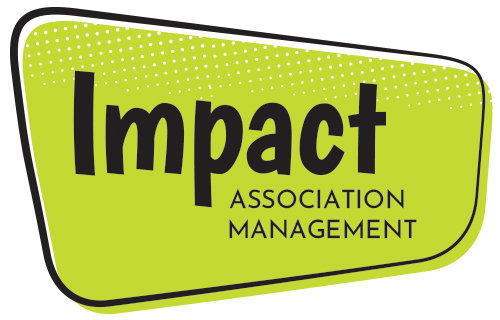If you’ve ever looked at your to-do list and felt overwhelmed and uncertain where to begin—you’re not alone. With personal and professional life often butting heads, many find it difficult to effectively complete all of their tasks on any given day. The universal need to get things done has led to the formation of a number of different methods aimed at making it easier for people to complete necessary tasks and increasing productivity. One of which is the Eat the Frog method.
What is the Eat the Frog Method?
Productivity consultant Brian Tracy named the Eat The Frog method after a quote commonly attributed to Mark Twain.
“If it’s your job to eat a frog, it’s best to do it first thing in the morning. And if it’s your job to eat two frogs, it’s best to eat the biggest one first.” - Mark Twain
When simplified to it’s most fundamental element, this method suggests that you identify one important and/or difficult task for the day and do it first. There are a number of different steps to this method that encourage deep focus and a more structured way of addressing tasks on your to-do list and there are a handful of takeaways we plan to use in our day to day life.
4 takeaways to increase your productivity:
Tackle the most difficult task first.
If you can accomplish the task you have been putting off, you will get a boost of energy and motivation that will carry you through a much more productive day!
Turn off alerts.
A constant stream of email bings, text chimes and calendar reminders truly bring productivity to a halt. Yes, it’s true that sometimes we need to be available and accessible to clients and staff but let’s be honest, immediately responding to everything coming at us could be a full time job in itself! Treat your work time like a meeting. Phones off!
Time blocks.
Start at 30 minutes, or even just 15! You’ll be amazed to see how much work you can accomplish in short, dedicated, time blocks. Sometimes the hardest part of a task is getting started. If you have long term projects that haven’t been moving forward, try working on them for 15 minutes a day, or week!
What’s stopping you?
Have you come to a road block on certain projects? Or do you need more information from coworkers in order to complete a task? Take a close look at those items on your list that don’t seem to get crossed off. Determine what is stopping you from completing them and make a plan to get what you need, to get it done.
A more productive workday leads to more free time after work and we are all about that work/life balance. These small adjustments can add up and make a big difference in the amount of work you can accomplish. And a higher productivity leads to more motivation and confidence. Start your week out right by choosing a small change. You’ll be happy you did!
What’s another way to ensure tasks are completed and both you and your association runs as effectively and efficiently as possible? Working with an association management company. Reach out to learn how our expert association professionals can help complete tasks, address the unique needs of your organization, and promote continued and sustainable growth.


